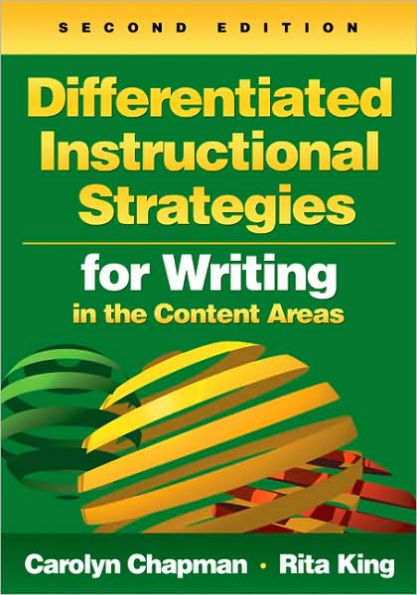5
1
9781412972321



Differentiated Instructional Strategies for Writing in the Content Areas / Edition 2 available in Paperback, eBook

Differentiated Instructional Strategies for Writing in the Content Areas / Edition 2
- ISBN-10:
- 1412972329
- ISBN-13:
- 9781412972321
- Pub. Date:
- 07/30/2009
- Publisher:
- SAGE Publications
- ISBN-10:
- 1412972329
- ISBN-13:
- 9781412972321
- Pub. Date:
- 07/30/2009
- Publisher:
- SAGE Publications

Differentiated Instructional Strategies for Writing in the Content Areas / Edition 2
$39.95
Current price is , Original price is $39.95. You
39.95
In Stock

Product Details
| ISBN-13: | 9781412972321 |
|---|---|
| Publisher: | SAGE Publications |
| Publication date: | 07/30/2009 |
| Edition description: | Second Edition |
| Pages: | 165 |
| Product dimensions: | 7.00(w) x 9.90(h) x 0.50(d) |
About the Author
From the B&N Reads Blog




